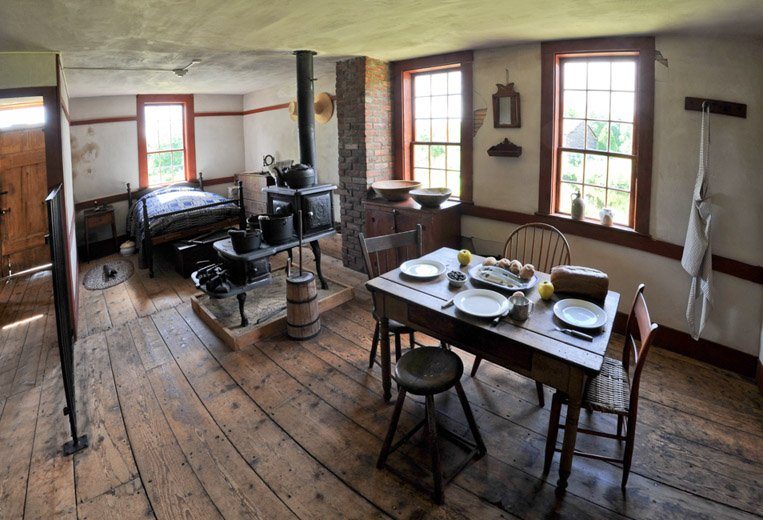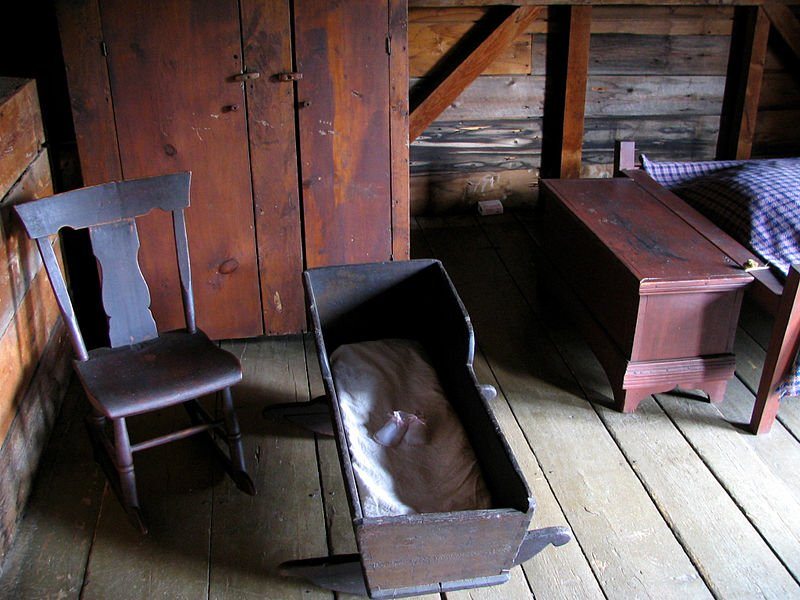In the spirit of Sankofa – an Ashanti metaphorical symbol that means reaching back to the knowledge of the past and bringing it into the present in order to make positive progress – we celebrate Black History Month throughout the month of February.
Face2Face Africa takes you through the 28-day journey by highlighting 28 landmarks in the United States that are significant to African American history.
For today’s instalment, we spotlight the John Brown Farm State Historic Site.

Located in North Elba near Lake Placid, New York, John Brown Farm State Historic Site was once a safe haven for freed slaves where they were taught how to farm for a

It was owned by radical abolitionist and Underground Railroad conductor, John Brown, who first moved to Lake Placid in 1849 from Springfield, Massachusetts where he was actively involved in the Underground Railroad movement.

Brown’s decision to relocate came about after hearing of fellow abolitionist and well-to-do businessman Gerrit Smith’s initiative of granting parcels of land to freed slaves around the area to help them earn livelihoods.

After purchasing several acres of land from Smith, Brown developed it into a farm and together with his family, used the facilities to teach and lead the freed slaves in self-sufficient farming.

According to The National Park Service, the land was not fertile enough for farming and as a result, caused some inhabitants, including John Brown to leave the area. In 1855, he left his wife and children on the farm and moved to Kansas to join his two other sons who were involved in an armed insurrection against proslavery forces. Brown occasionally returned to the farm to visit his wife and other children.

In 1859, after a failed attempt to seize arms at the U.S. Arsenal at Harper’s Ferry in Virginia for an armed rebellion to set enslaved African Americans in the South free, he was captured, tried for treason and hanged.

He was buried on the farm on December 8, 1859. Brown’s family, according to the NPS, ultimately moved to California when the Civil War started.

The property was subsequently purchased by the John Brown Association in 1870 and then bought by the New York State in 1896.

The farm was declared a National Historic Landmark in 1998.














